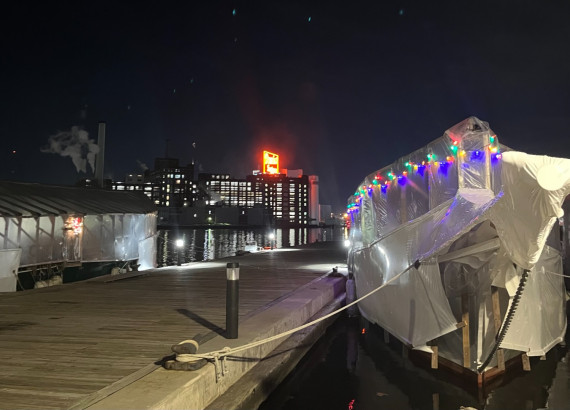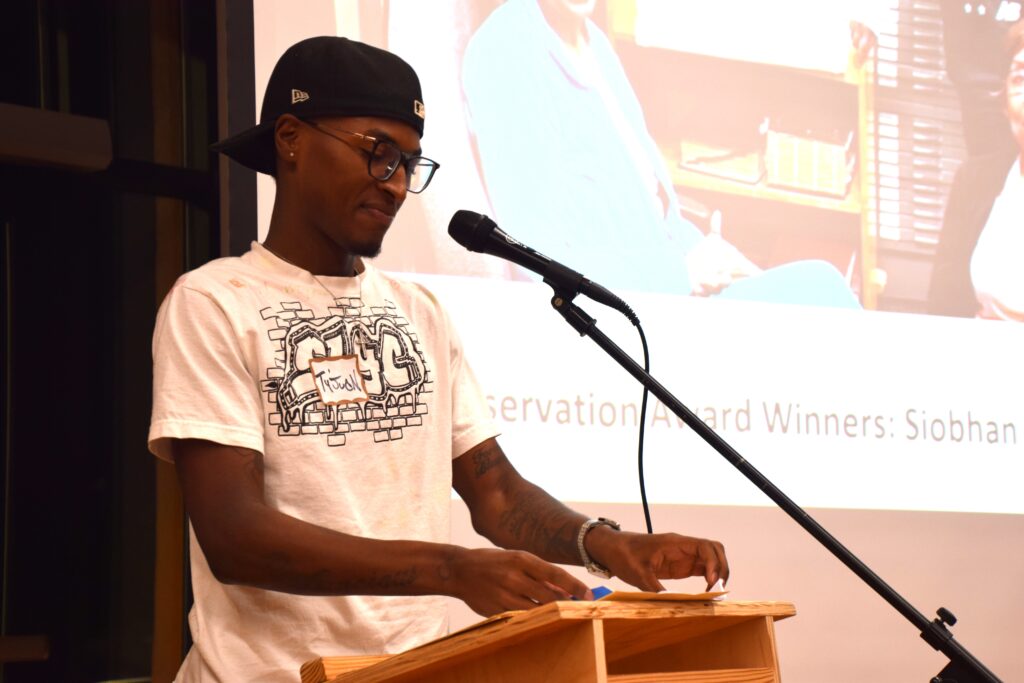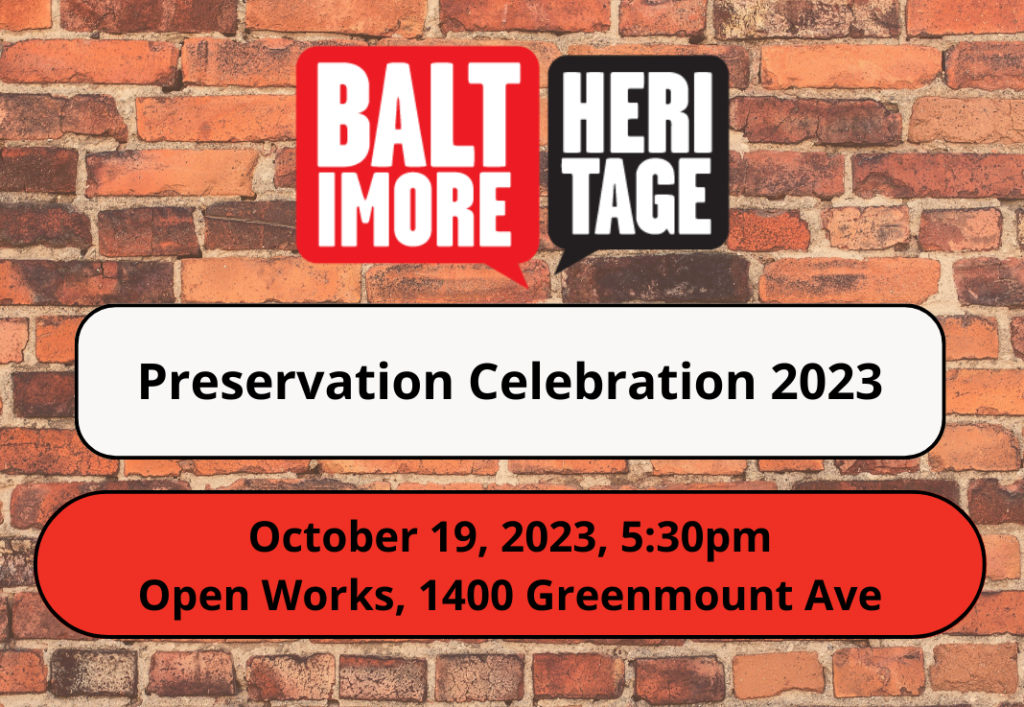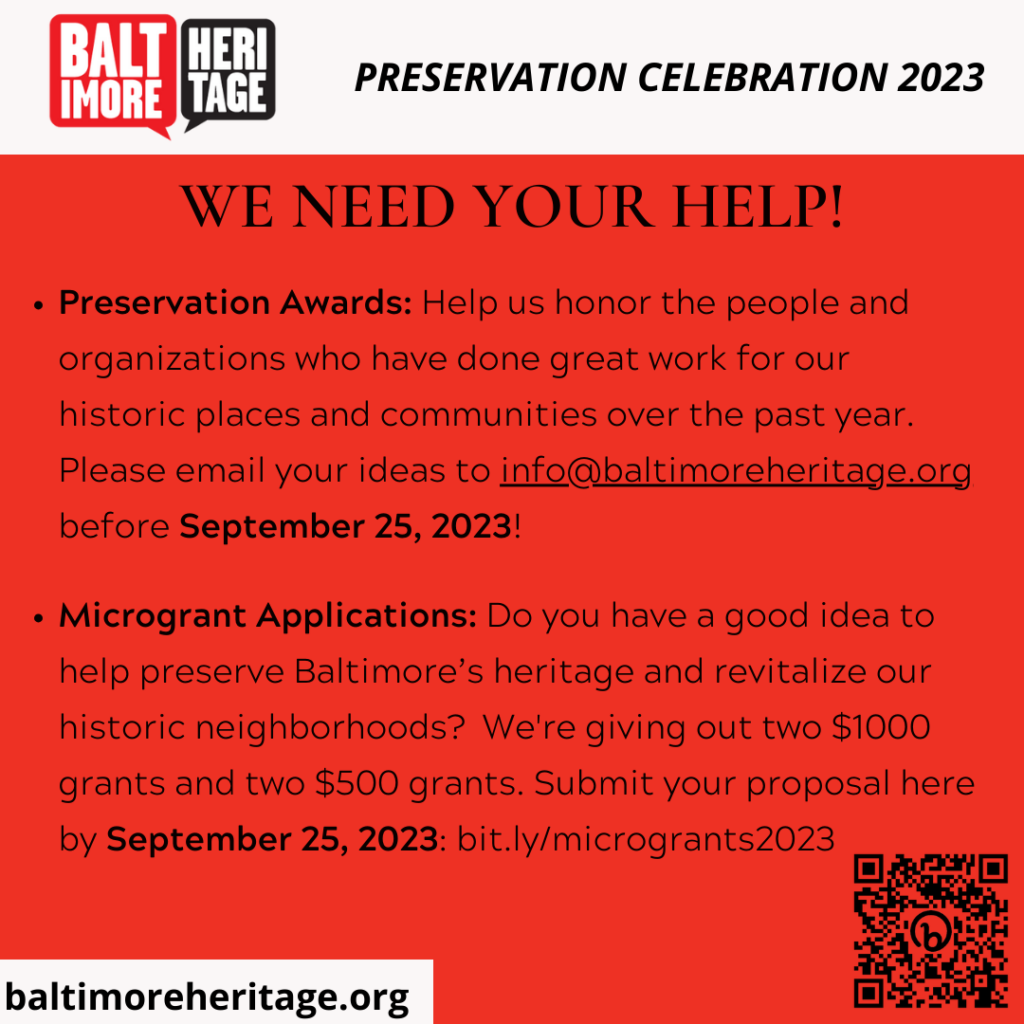And why we need your support to make it happen!
There are only a few days left in 2023, which means you have only a few days left to donate or become a member this year! We are a small organization so a gift of any size – from $5 to $500 – will help immensely. Here are a few highlights for how your gift will help in the year ahead:
- Heritage Tours: This past year we began hosting tours at Westminster Hall & Burying Ground in addition to our recurring tours at Clifton Mansion, Green Mount Cemetery and in historic neighborhoods around our city. This spring we will be able to return with more robust tours and events, including three new bus tours. Please stay tuned!
- Five Minute Histories Videos: Our Five Minute Histories series offers a way to connect that in-person programs just can’t. So, don’t worry, these are here to stay, and we’re ramping up for a full year of them in 2024.
- Critical Preservation Advocacy: This past year we helped fight to preserve architecturally significant rowhouses on Preston Street in Mt. Vernon and several buildings in the Five & Dime Local Historic District near Lexington Market. In 2024, we will continue this work throughout the city, which a special focus on disinvested historic neighborhoods.
We need your help today.
We at Baltimore Heritage are a little bit unusual. We rely heavily on kind volunteers to make our work possible, and nearly three quarters of our annual operating income comes from gifts from individuals. Most of these gifts are at our basic membership levels of $35 for an individual and $50 for a family. By donating at any level, be assured that your support goes a long way.
So once more for 2023, please accept an enormous thank you to everyone who volunteers with us, comes out for tours and programs (in-person and virtually!), and supports our work by generously donating. We look forward to working with you and connecting with you in the year ahead.
— Johns Hopkins, Baltimore Heritage







